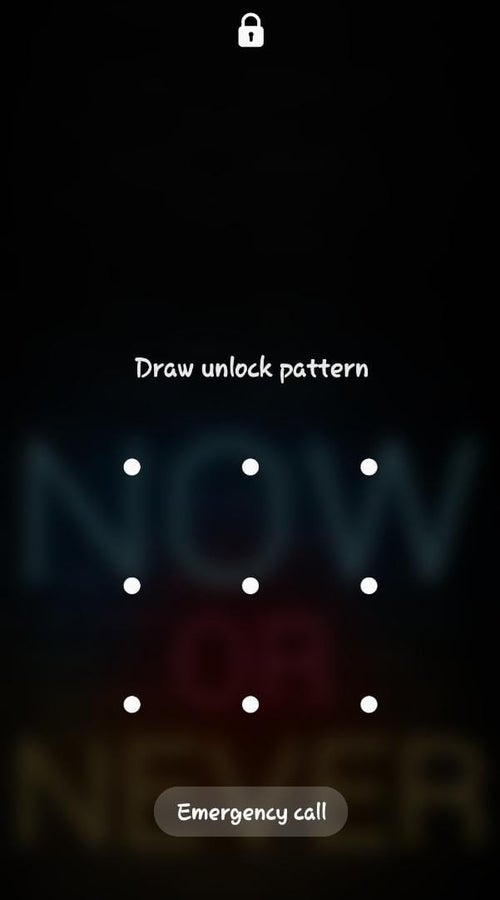
The Android platform offers many ways to secure your data. From the top down, you can layer security as if you were dressing to venture into the frozen tundra of a winter-struck Canada. One of the outermost layers is the screen lock pattern (or pin). With this pattern, you can set up a fairly strong bit of security that can prevent unwanted users from gaining access to your data.
But what happens if you somehow forget that pattern? Believe me, it happens–especially for folks like me who have more than one Android phone, and each one has a different pattern. Or, what if you have sneaky co-workers who place a security pattern without your knowledge? How are you going to get into that phone? Fortunately, the developers of the Android platform have thought of just that.
I will discuss two key methods to reset your Android screen lock security pattern.
Method one: Use Android credentials
If your mobile phone device still runs on Android version 4.4 or older versions, use the steps below to get past your Android screen lock security pattern when you are locked out. Be warned though, you need the Google credentials the phone was set up with in order to pull this off.
Step 1: Click the power button on your Android device to bring up the screen lock to enter your pattern. On some phones, you’ll have to slide the lock screen slider to the right (see Figure A) before you can get to the actual lock pattern.

Step 2: If you draw an incorrect pattern five times, you’ll be warned you’ve been unsuccessful in unlocking your phone and to try again in 30 seconds. However, you can place an emergency call—even with the screen locked by tapping the Emergency call button (see Figure B).

Step 3: Before the 30 seconds expire, try to get back to the lock pattern, and you’ll see a new button in the bottom right corner of the lock screen (see Figure C).

Step 4: Tap the Forgot pattern button, and you’ll be prompted to enter the credentials of the Google account associated with the device (see Figure D).

Step 5: Once you’ve successfully authenticated the account associated with the phone, you’ll be prompted to create a new unlock pattern (see Figure E).

Method two: Reset your Android phone with its buttons
For newer versions of Android, it’s possible not to see the Forgot pattern button option when trying to reset your pattern from a locked screen. Fortunately, you can use the power and volume buttons to reset your Android device.
Note: This option will erase all data stored on your device, such as apps, contacts, music and photos. However, if you have these data backed up to your Google Account, you can restore them later.
Step 1: Ensure the phone is off.
Step 2: Hold down the Power and Volume Down buttons simultaneously and continue pressing them until the screen comes on.
Step 3: When the screen powers on, use the Volume and Power buttons to navigate and select the Recovery Mode option.
Step 4: Once you enter the Recovery Mode option, navigate to Wipe data/factory reset and select the option using the power button.
Step 5: Allow the factory reset to finish. Once this is done, your Android reboots automatically with the default settings. At this stage, you can set a new screen lock pattern from the settings and restore your backed-up data.
Increased security
You can also increase the security of your phone by setting it to lock immediately when you hit the power button and the display turns off. By default, most devices are set for a two-minute security time out. This means that you can shut off the display and get back into the phone without having to enter the pattern before the time expires. In certain situations, that could be a security risk. Here’s how to adjust these settings (note that these steps may vary, depending on your Android device):
- Tap the Menu button
- Tap Settings
- Tap Location and Security | Security lock timer
- Scroll up and select When display is off
Now, the second you shut off that screen, the screen lock pattern will be required to get into the phone—no time out necessary.
Check out TechRepublic’s latest Android articles with this Android 13 cheat sheet, a way to configure calendar and task notifications, and how to find out which apps are using the most memory.
